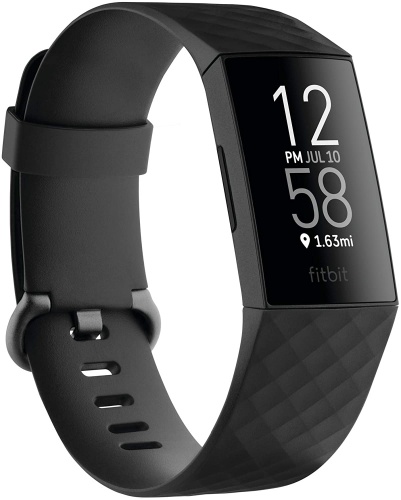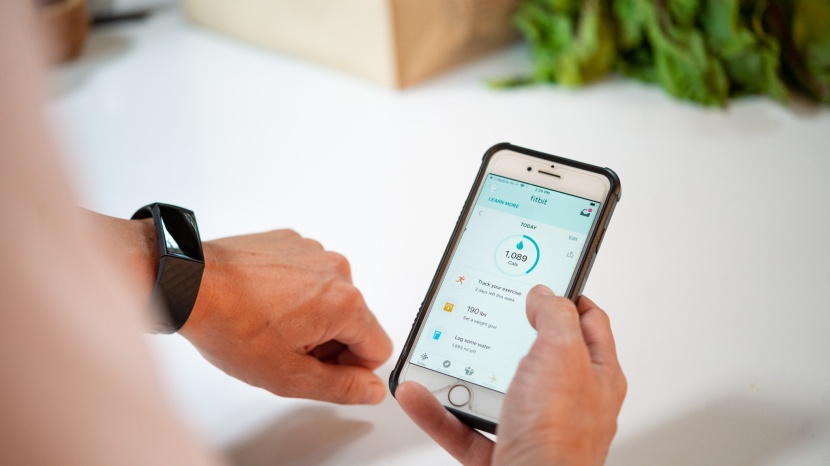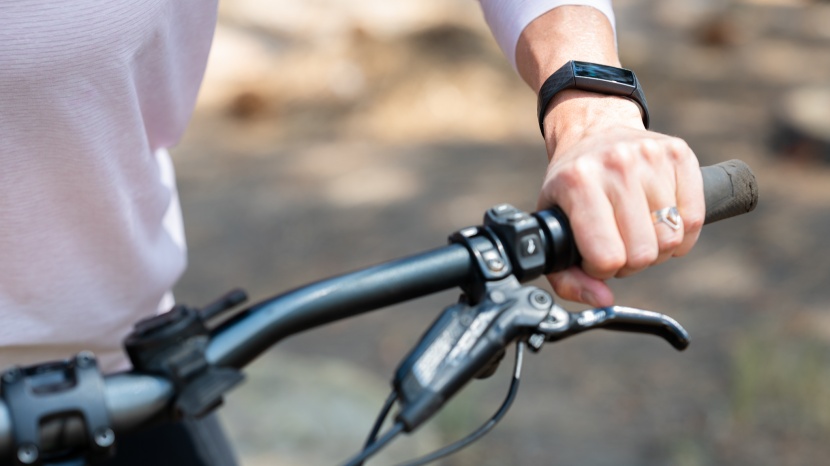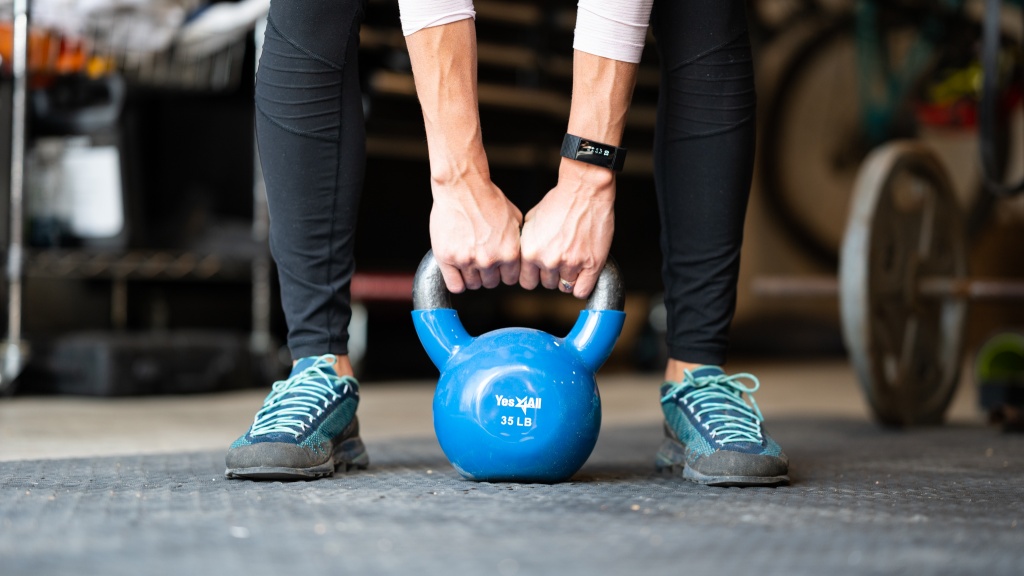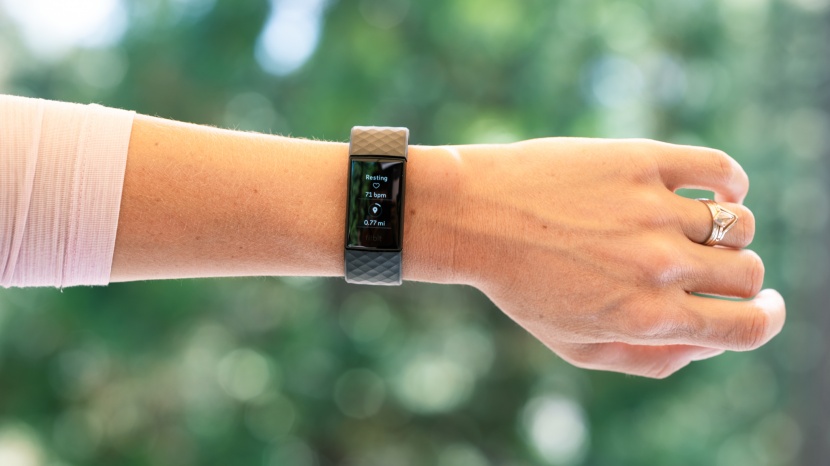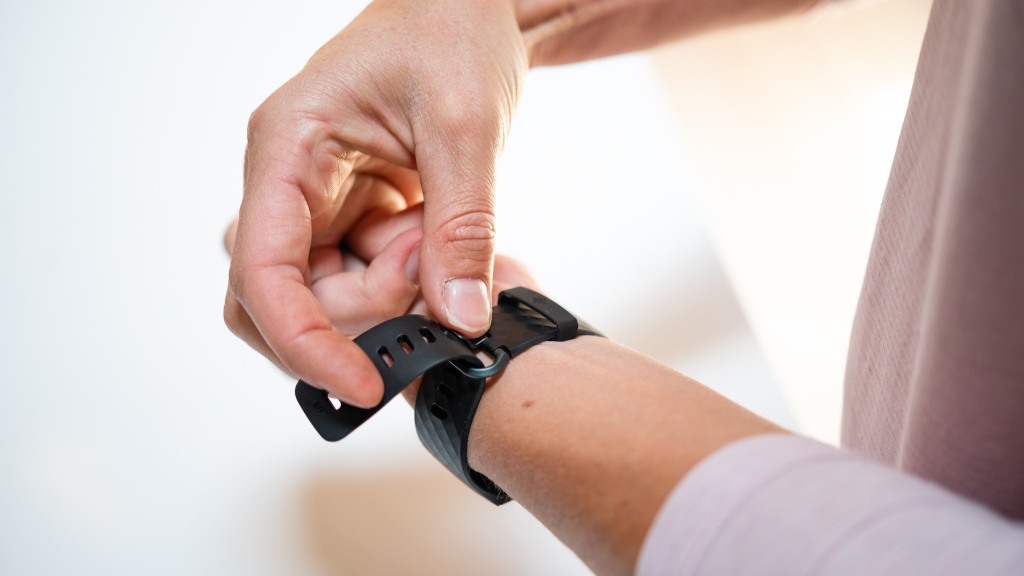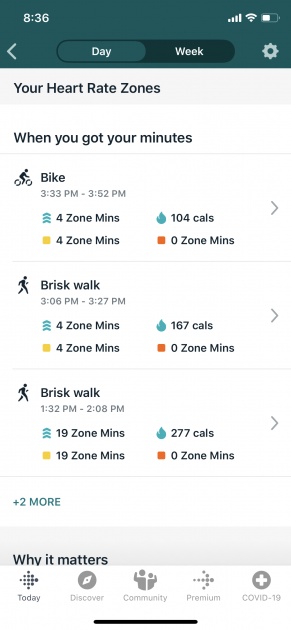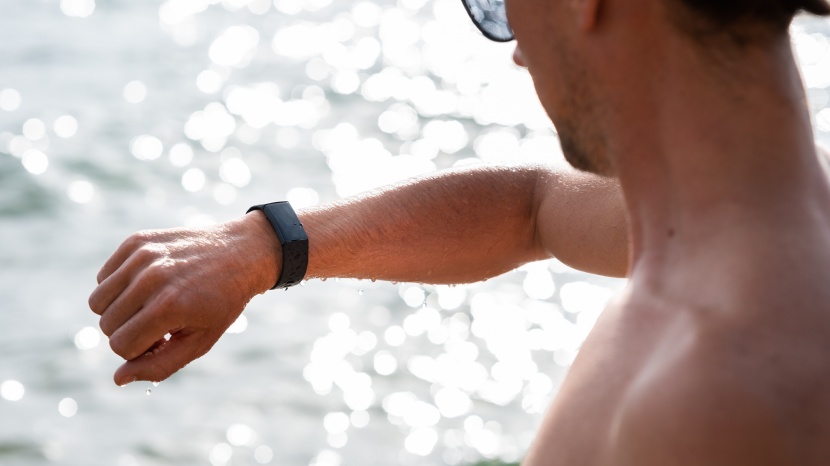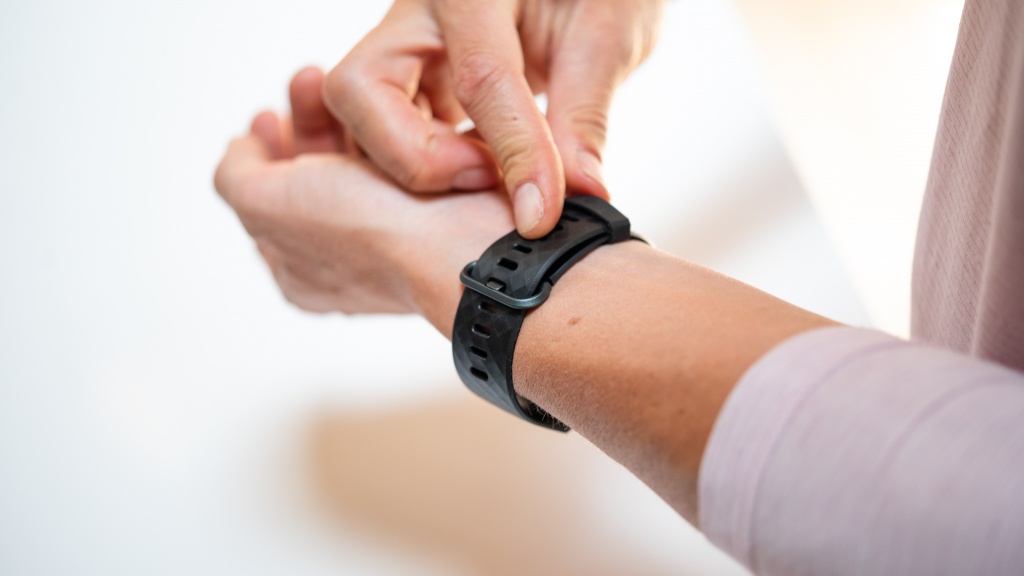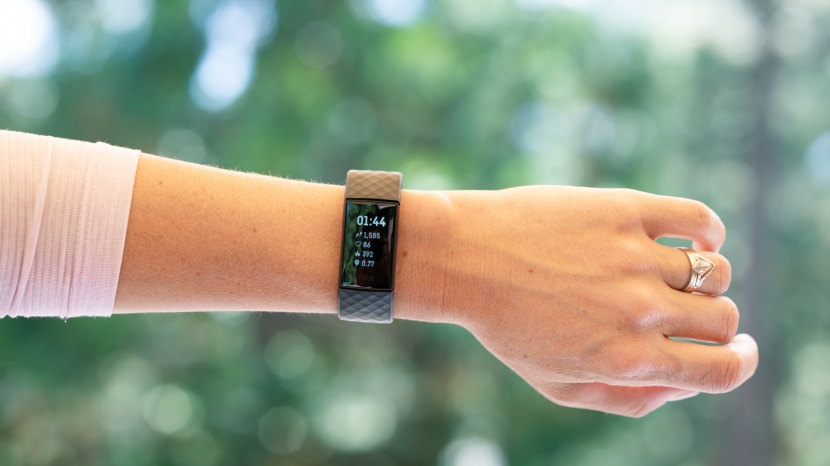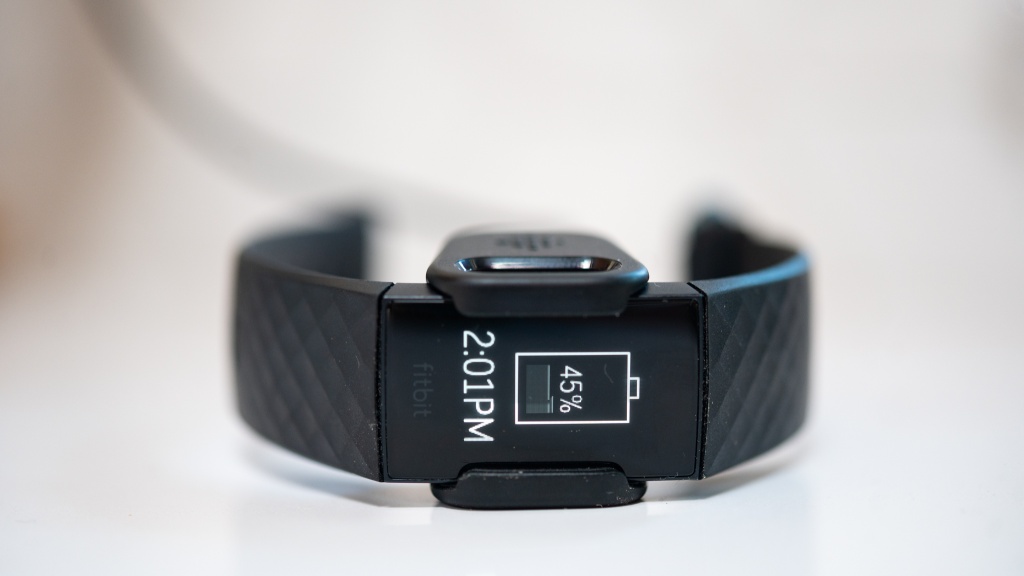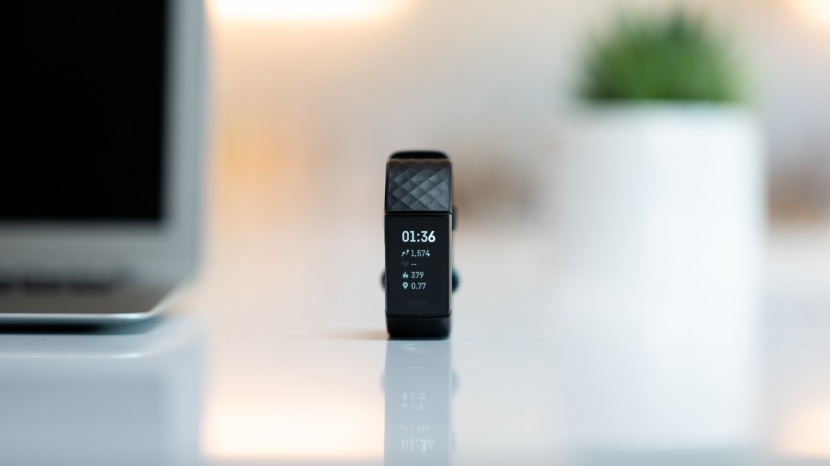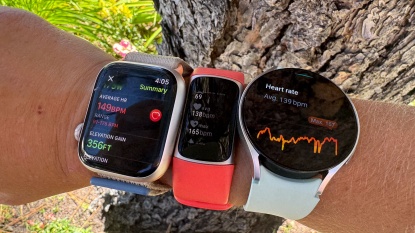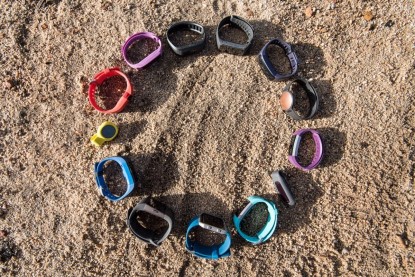Fitbit Charge 4 Review
Our Verdict
Our Analysis and Test Results
We also really like all the social aspects that Fitbit provides through their companion application, allowing you to compete with and challenge other users or yourself in a variety of different ways. We think this is the perfect way to get just a little more motivation to get up off your couch and get active if you need the boost.
Performance Comparison
Fitness Impact
We started off our tests by looking at the different activities you can track with each tracker, how accurate each one is at collecting different types of data, and what kind of community or social features each one offered. The Fitbit Charge 4 did exceptionally well in this metric, earning one of the best scores of the entire group.
Our first fitness impact test looked at how accurate the step and distance counter are. We used a mile-long walk to compare performance, measuring out the walk with a surveyor's wheel and a mechanical tally counter to know the exact step count and distance at first. We then walked the course three separate times and compared our control results to the results shown by the Fitbit Charge 4. It did exceptionally well, with the step count for two trials aligning perfectly with our true count and the third only differing from the true count by 3 steps. The tracker's estimated distance was also very close, with the Fitbit Charge 4 displaying an estimated distance of 1.02, 1.03, and 1.06 miles.
We then moved on to rating and ranking how the Fitbit Charge 4 did with collecting data for cycling workouts. This tracker will show you your distance, top speed, average speed, and time, as well as elevation changes. The companion app also shows you a map of where you went and more detailed elevation and heart rate data.
Aside from cycling, the Charge 4 can track a variety of other types of workouts as well. For cardio workouts, it will show all the same stats as cycling — if applicable — as well as the “impact on your day” and the estimated calories burned. You can also pick up to 7 other workout tracking profiles to show on the Charger 4, with options like run, swim, outdoor workout, walk, yoga, circuit training, treadmill, workout, stair climber, kickboxing, tennis, golf, elliptical, bootcamp, martial arts, spinning, interval workout, hike, weights, or pilates.
We also like that this fitness tracker keeps track of the number of stairs you climb throughout the day and seems to be decently accurate at doing so. It recorded 8 out of the 10 flights we climbed in our test, which is quite good for these products in our experience.
Health Impact
Next we rated and scored some of the different aspects of your health that these products are designed to impact. We compared and scored the accuracy of the heart rate monitor, as well as looking at features like diet aids, motivation methods for lifestyle changes, and how it did at tracking sleep. The Fitbit Charge 4 again did very well, earning one of the better scores of the group.
To test out the heart rate monitor for each product, we compared the reading from each wearable to a chest-strap monitor. Unfortunately, we think the Charge 4 only did about average in our test, displaying a heart rate that was on average 19 bpm lower than the chest strap over 10 different trials.
However, the Charge 4 did make up for this slightly by offering an excellent set of tools to help you track your caloric intake if you are on a diet. You can search for various types of food in the database or scan the barcode with your smartphone and the companion app will keep track of everything you eat during the day to see if you are staying on track. This tracker also seems to do a good job of estimating the calories burned through your resting metabolic rate (RMR). The number shown matched up almost exactly to our calculated RMR based on our tester's age, weight, and other basic stats.
We also like that this tracker will remind you every hour to take a break and move around if you have been stationary too long as the default setting. You can also adjust the time period between notifications in the app. Finally, this model has automatic sleep tracking that we think works decently well, as well as a silent alarm clock.
Ease of Use
Our next series of evaluations looked at how user-friendly and easy to use each of these fitness trackers are. We awarded points based on their clasping mechanism, the ease of navigating through their various menus on the app and on the tracker, how water-resistant each model is, the battery life of each wearable, and how easy it is to transfer your fitness data from the device to the app. The Fitbit Charge 4 delivered another excellent performance, earning it one of the best scores of the whole group.
The Fitbit Charge 4 has a claimed battery life that is fairly typical for these products, with Fitbit stating that you can get up to 7 days without using the GPS module, which is reduced to 5 days when the GPS is in use. The companion app for your smartphone is very intuitive and easy to use, with tons of features and functions, as well as an upgraded premium edition. Data from your tracker automatically syncs whenever you open the app, usually only taking a couple of seconds.
We also found the touch screen on the Charge 4 to be very responsive, making it easy to navigate through the different menus using taps or swipes. All of your daily tracking information is shown on one screen by swiping down, while swiping to the left or right allows you to access all the other features of this tracker.
The Charge 4 is fairly easy to clip or unclip, relying on a traditional watch clasp. It is also rated as being water-resistant up to 5 ATM/50 meters, so should be more than capable of accompanying you on your next swimming workout.
Ergonomics
We moved on to rating and scoring how the Charge 4 and all the other fitness trackers feel while wearing, how they look, and how easily they can catch on things for our ergonomics metric. The Charge 4 continued its dominance, again earning one of the best scores overall.
Our judges found this to be a decently comfortable wearable. It isn't the smallest or most discreet option but its slim and stylish design doesn't usually get in the way or seem overly noticeable. Speaking of its design, we think this is one of the more aesthetically pleasing options of the group, with a cool diamond pattern on the wristband.
It maintains a close profile to your wrist, low enough that you can usually put on a backpack or jacket without it catching. Its smooth exterior and lack of mechanical buttons helps with this.
Display
Our final series of tests focuses on the display and viewing quality of each fitness tracker. As we expected at this point, the Charge 4 rounded out our metrics with another excellent showing.
The screen can be a little hard to read in bright light — usually hindered by the fact that it is covered in fingerprints from the touchscreen — but is very well illuminated for viewing in low-light conditions. The touchscreen is usually quite responsive, though a few of our judges did find that it was prone to misreading the direction of a swipe. The screen looks great on this model and it shows plenty of information, including just about any push notification that your phone can get.
Value
While we think the Charge 4 is great, it might not be the best for bargain hunters as it is one of the most expensive options available. It's one of the best overall but does pair that high performance with a bit of a premium price tag.
Conclusion
Overall, we highly recommend the Fitbit Charge 4 to anyone who wants the best of the best when it comes to fitness tracker. It has some excellent health and fitness tracking abilities, all wrapped up in a sleek, stylish, and ergonomic package. It's easy to use and offers an impressive array of social features to allow you to connect with your friends and family when it comes to fitness — even if you can't see them face-to-face!


